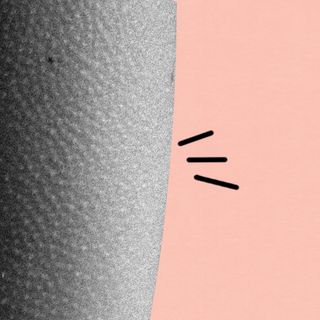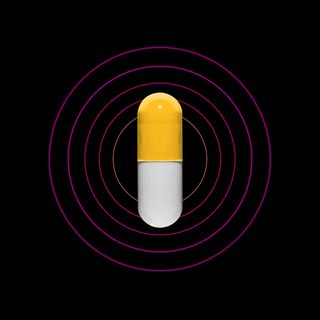Scientists have identified the most likely order in which discernible symptoms of Covid19 appear in patients.
Published last week in the journal Frontiers in Public Health, the study analyzed the symptoms of a data-set of 55,924 confirmed cases in China, compiled by the WHO in February. The researchers also studied a second data-set of 1,099 confirmed cases compiled under the guidance of the National Health Commission of China between December, 2019, and January, 2020. The most likely order of symptom-onset, based on the study, is: fever, cough and muscle pain, nausea and/or vomiting, and last, diarrhea.
“This order is especially important to know when we have overlapping cycles of illnesses like the flu that coincide with infections of Covid19. Doctors can determine what steps to take to care for the patient, and they may prevent the patient’s condition from worsening,” Peter Kuhn, Professor of Medicine at University of Southern California (USC), who co-authored the study, said in USC’s press release. In addition, “given that there are now better approaches to treatments for Covid19, identifying patients earlier could reduce hospitalization time,” according to Joseph Larsen, doctoral candidate at USC, who led the study.
Related on The Swaddle:
What Are Covid19 ‘Immunity Passports’ and Will They Work?
Further, the researchers also attempted to distinguish between the order of Covid19 symptoms and those of other illnesses. In doing this, they examined data from 2,470 confirmed cases of influenza in North America, Europe, and the Southern Hemisphere. They found that while influenza starts with cough, Covid19 and other coronavirus-related infections start with fever. But what sets Covid19 apart from the other coronavirus-related infections is “The upper gastrointestinal tract (i.e., nausea/vomiting) seems to be affected before the lower gastrointestinal tract (i.e., diarrhea) in Covid19, which is the opposite from SARS and MERS.”
“The order of the symptoms matter. Knowing that each illness progresses differently means that doctors can identify sooner whether someone likely has Covid19, or another illness, which can help them make better treatment decisions,” Larsen said.
The researchers also lamented the lack of widespread clinical practices requiring healthcare workers to record and publish “clinically-observed and/or patient-reported sequences of symptoms,” which could have been useful for early detection of Covid19, especially in terms of increasing self-surveillance to reduce spread. “If such a widespread clinical practice had been instituted in the past, perhaps local outbreaks of influenzas, coronaviruses, and other diseases might have been contained before becoming pandemics,” the study notes.
And indeed, amid the pandemic-spawned infodemic, and reports of limited testing, it could indeed have been a useful “additional tool.”




